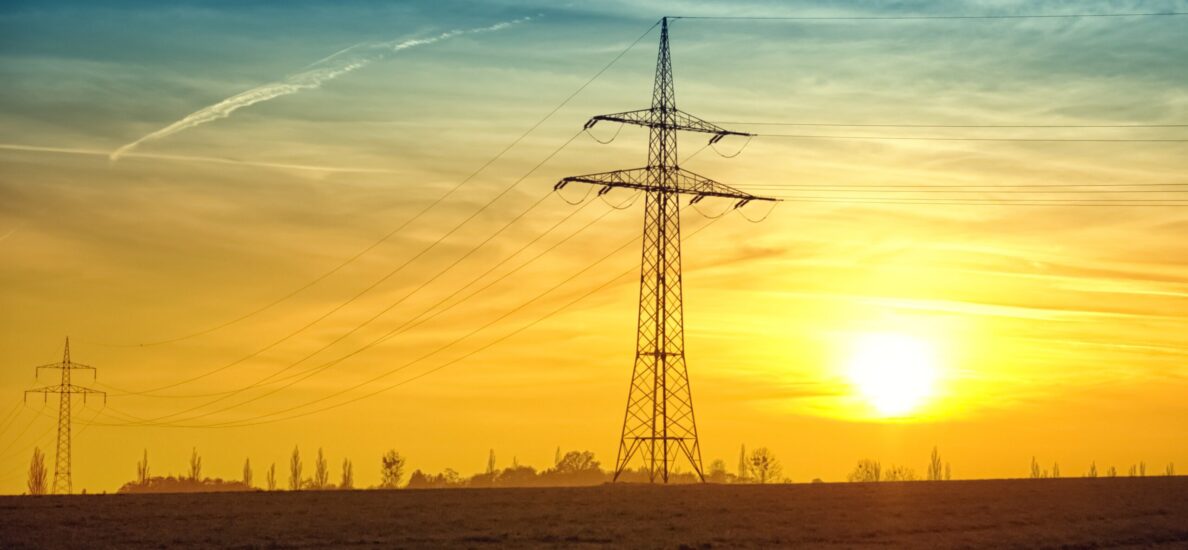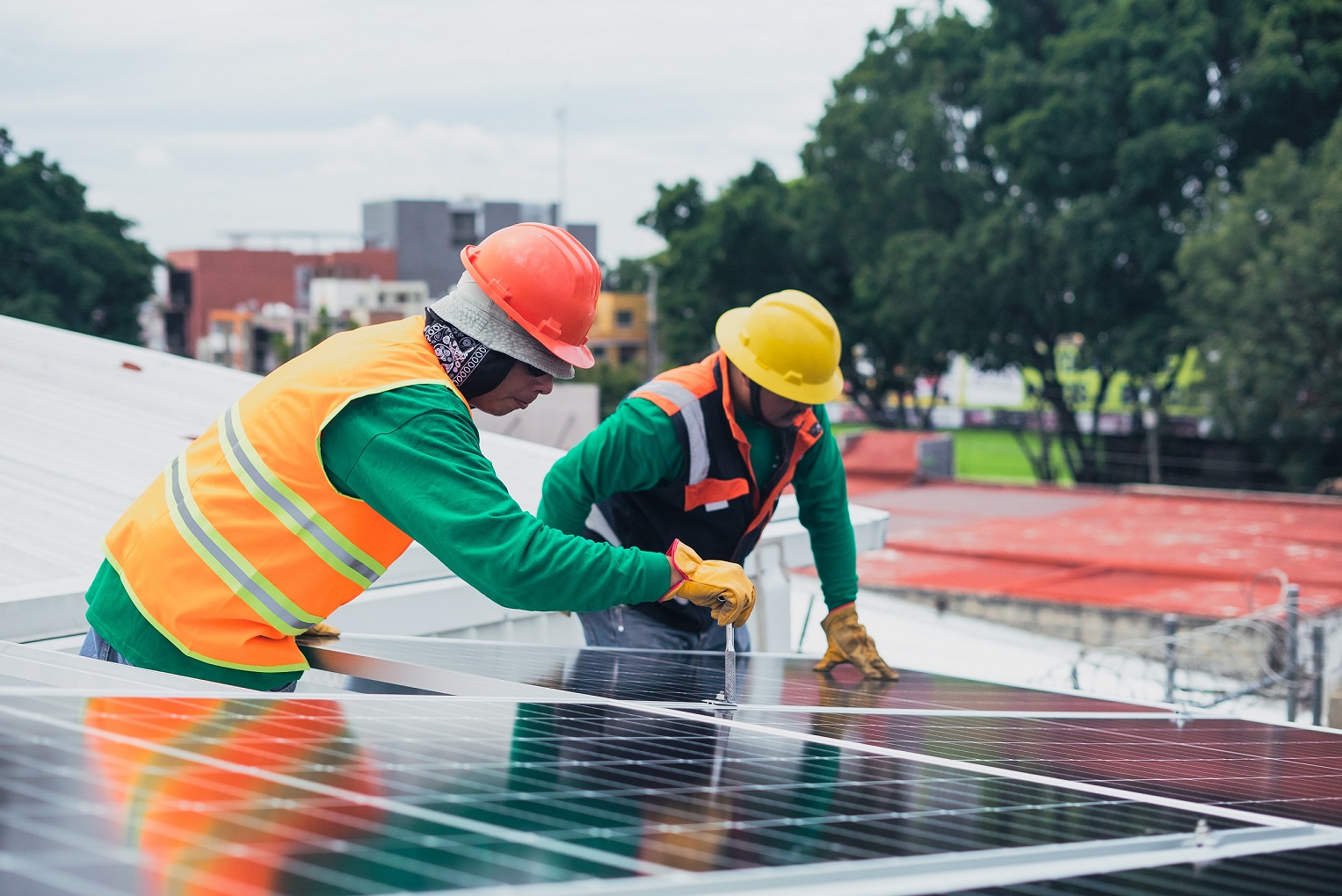What Is Photovoltaic (PV) Solar Energy and How Does It Work?
Photovoltaic (PV) solar energy is a form of renewable energy that harnesses the power of the sun to generate electricity. The technology behind PV solar energy has been around for over a century, but it has only been in recent years that it has become a viable source of energy for households, businesses, and communities. In this article, we will explore what PV solar energy is, how it works, and the benefits and drawbacks of this technology.
What is Photovoltaic (PV) Solar Energy?
Photovoltaic (PV) solar energy is a technology that uses solar panels to convert sunlight into electrical power. The term “photovoltaic” comes from the words “photo,” which means light, and “voltaic,” which refers to electricity. Solar panels, which are made up of photovoltaic cells, absorb sunlight and convert it into electricity that can be used to power homes, businesses, and other buildings.
PV solar energy is a renewable energy source, which means that it is derived from natural processes that can be replenished over time. Unlike fossil fuels, which are non-renewable and will eventually run out, solar energy is essentially limitless as long as the sun continues to shine.
How Does PV Solar Energy Work?
The process of generating electricity from PV solar energy begins with the sun. When sunlight hits a solar panel, it is absorbed by the photovoltaic cells that make up the panel. These cells are made of semiconductor materials, such as silicon, which are able to convert the energy in sunlight into electrical energy.
As sunlight hits the photovoltaic cells, it causes electrons to be knocked loose from their atoms. These free electrons are then captured by the cell’s electric field and directed into a circuit. This flow of electrons creates an electric current that can be used to power appliances, lights, and other electrical devices.
The amount of electricity that can be generated by a solar panel depends on a number of factors, including the amount of sunlight that hits the panel, the efficiency of the photovoltaic cells, and the size and orientation of the panel. To generate the most electricity possible, solar panels are typically installed on rooftops or in other locations that receive direct sunlight for most of the day.
Benefits of PV Solar Energy
There are numerous benefits to using PV solar energy as a source of electricity. Here are some of the most important ones:
- Renewable and Sustainable: PV solar energy is a renewable energy source that is sustainable over the long term. Unlike fossil fuels, which are finite and will eventually run out, solar energy is essentially limitless as long as the sun continues to shine.
- Clean and Environmentally Friendly: PV solar energy is a clean and environmentally friendly source of electricity. It does not produce greenhouse gas emissions or other pollutants that can harm the environment or contribute to climate change.
- Saves Money: While the initial cost of installing solar panels can be high, over the long term, PV solar energy can save homeowners and businesses money on their electricity bills. By generating their own electricity, they can reduce their reliance on the power grid and avoid paying high utility rates.
- Increases Property Value: Homes and businesses with PV solar energy systems installed often have higher property values than those without. This is because solar energy systems are considered to be a valuable asset that can save money on electricity bills and contribute to a cleaner environment.
Drawbacks of PV Solar Energy
While there are many benefits to using PV solar energy, there are also some drawbacks to consider. Here are a few of the most important ones:
- Upfront Costs: The initial cost of installing a PV solar energy system can be high. This can make it difficult for homeowners and businesses to afford the upfront costs, especially if they are on a tight budget.
- Weather Dependent: The amount of electricity that can be generated by a PV solar energy system is dependent on the weather. On cloudy or rainy days, less sunlight will be available to generate electricity, which means that the system may not be able to generate as much power as it would on a sunny day.
- Space Requirements: PV solar energy systems require a significant amount of space to be installed. This can make it difficult for homeowners or businesses with limited space to install a system that will generate enough electricity to meet their needs.
- Maintenance Costs: While PV solar energy systems require very little maintenance, they do require some upkeep over time. This can include things like cleaning the panels to ensure that they are working at their maximum efficiency or replacing components that have worn out or become damaged.
Applications of PV Solar Energy
PV solar energy has a wide range of applications, from powering small devices like calculators to providing electricity for entire communities. Here are a few examples of how PV solar energy is being used today:
Residential and Commercial Buildings: PV solar energy systems are commonly installed on rooftops of homes and businesses to generate electricity for daily use. In many cases, excess electricity generated by the system can be sold back to the power grid.
Agriculture: PV solar energy systems are used to power irrigation systems, lighting, and other agricultural equipment in rural areas where there is no access to electricity.
Transportation: PV solar energy is being used to power electric cars and other vehicles. These vehicles can be charged using solar-powered charging stations, reducing their reliance on fossil fuels and helping to reduce greenhouse gas emissions.
Disaster Relief: PV solar energy is a valuable resource in disaster situations where access to electricity is limited or unavailable. Portable PV solar energy systems can be used to power emergency shelters, medical facilities, and other critical infrastructure.
As technology continues to advance and the cost of PV solar energy systems continues to decrease, we can expect to see even more widespread use of this valuable source of energy in the years to come.

